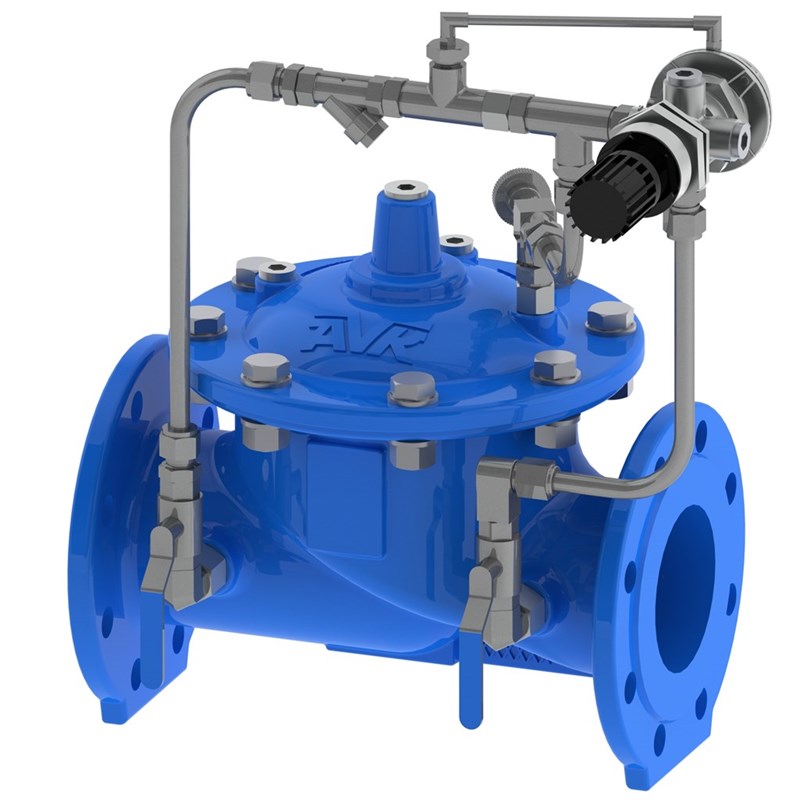The Role of Control Valves in Fluid Flow Management Systems

Maximize Power Savings and Convenience With Advanced Structure Automation Controls
In the world of contemporary design and center management, the combination of innovative structure automation manages stands as a crucial innovation. The merging of technology and sustainability has actually birthed a new era where power efficiency, convenience optimization, and operational streamlining are no more distant desires yet attainable truths. By utilizing the power of automation, structures can adjust, react, and evolve in ways that were when inconceivable. The capacity for considerable power savings and improved comfort is not just a pledge however an opportunity waiting to be met. This paradigm change in structure management holds the crucial to opening a world where ecological conscientiousness and passenger health harmoniously exist side-by-side within the walls of our structures.
Energy Efficiency Perks
Power efficiency advantages can dramatically minimize energy consumption and operational prices in structures. Energy-efficient systems, such as sophisticated structure automation controls, can enhance the use of sources like lighting, home heating, and air conditioning, leading to lower energy costs over time.
Moreover, improved power efficiency can extend the life expectancy of building tools and systems. By operating a lot more efficiently, HVAC systems, light, and various other structure parts experience much less wear and tear, resulting in minimized maintenance and substitute expenses. Additionally, energy-efficient buildings commonly command greater building worths and rental rates, giving long-lasting financial advantages to owners.
Moreover, power efficiency can boost occupant comfort and productivity. Correctly regulated interior environments with optimum illumination and thermal conditions create an even more helpful and positive workspace, resulting in boosted staff member fulfillment and performance. Generally, the energy performance advantages connected with innovative structure automation controls are multifaceted, encompassing expense financial savings, environmental stewardship, and passenger health.
Enhanced Comfort Control
Enhancing convenience control in building atmospheres requires a sophisticated combination of sophisticated automation systems for optimum occupant well-being. By making use of advanced structure automation controls, facilities can tailor the indoor atmosphere to satisfy the certain demands and choices of passengers. control valves.
By including these sophisticated controls, structures can not just improve convenience however additionally enhance energy performance by maximizing system operations based on real tenancy and use patterns. Eventually, prioritizing occupant convenience with innovative automation systems leads to a much more delightful and healthier interior environment.
Functional Efficiency Improvements

Additionally, the application of real-time monitoring and analytics tools enables building operators to identify energy inefficiencies and functional abnormalities without delay. By continuously checking power usage patterns and system performance metrics, adjustments can be made in real-time to optimize energy consumption and make certain peak operational effectiveness. control valves. In addition, incorporating demand reaction techniques right into structure automation controls can further improve functional performance by dynamically readjusting power use based on grid conditions and prices signals
Indoor Environment Optimization
Efficient indoor environment optimization is a fundamental facet of building automation controls, guaranteeing owners' comfort and health while maximizing energy financial savings. By utilizing innovative sensors and controls, constructing automation systems can continuously change and monitor temperature level, moisture degrees, air high quality, and air flow to produce an optimum indoor setting. Preserving consistent and comfortable problems not just improves occupant contentment however likewise improves efficiency and overall well-being.
Interior environment optimization likewise plays a crucial duty in power effectiveness. By fine-tuning ventilation, cooling, and home heating systems based on real-time information and tenancy patterns, building automation controls can substantially decrease energy usage - control valves. Implementing techniques such as demand-controlled ventilation and thermal zoning can assist minimize power waste while making sure that each location of the structure obtains the needed conditioning.

Sustainable Setting Production
Structure automation manages not only optimize interior environment problems for energy efficiency and occupant comfort however likewise lay the foundation for developing a lasting environment through tactical management of systems and resources. By incorporating sophisticated structure automation technologies, such as sensing units, actuators, and smart software program, centers can change this article and monitor energy usage in real-time to reduce waste and decrease their carbon impact. These systems make it possible for anticipating upkeep, recognizing possible concerns prior to they escalate and maximizing devices performance to enhance longevity and efficiency.
Moreover, lasting environment production extends past energy administration to include water conservation, waste decrease, and interior air high quality improvement. Structure automation controls can regulate water use, find leaks, and make certain appropriate waste disposal techniques, adding to general sustainability efforts. In addition, by checking and regulating air flow and filtration systems, these innovations improve owner health and productivity while decreasing power intake connected with HVAC procedures.
Verdict
To conclude, advanced structure automation regulates deal considerable benefits in terms of power cost savings, comfort control, operational performance, indoor environment optimization, and developing a lasting atmosphere. By applying these controls, buildings can achieve ideal efficiency while lowering power consumption and enhancing owner comfort. It is noticeable that using sophisticated automation innovation is essential in boosting building performance and creating a much more lasting future.
Power effectiveness advantages can dramatically reduce power usage and operational prices in structures. In general, the energy effectiveness benefits official site connected with innovative structure automation controls are multifaceted, including expense savings, environmental stewardship, and occupant wellness.
Furthermore, integrating need response techniques into structure automation controls can even more enhance functional effectiveness by dynamically Full Article adjusting power use based on grid conditions and prices signals.
Building automation regulates not just optimize indoor climate problems for energy performance and passenger comfort yet likewise lay the foundation for creating a lasting environment via calculated management of systems and sources.In conclusion, progressed structure automation manages deal considerable benefits in terms of energy financial savings, convenience control, operational effectiveness, indoor climate optimization, and creating a sustainable atmosphere.